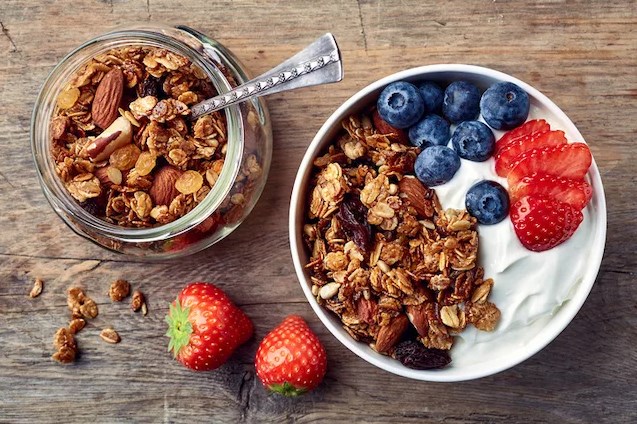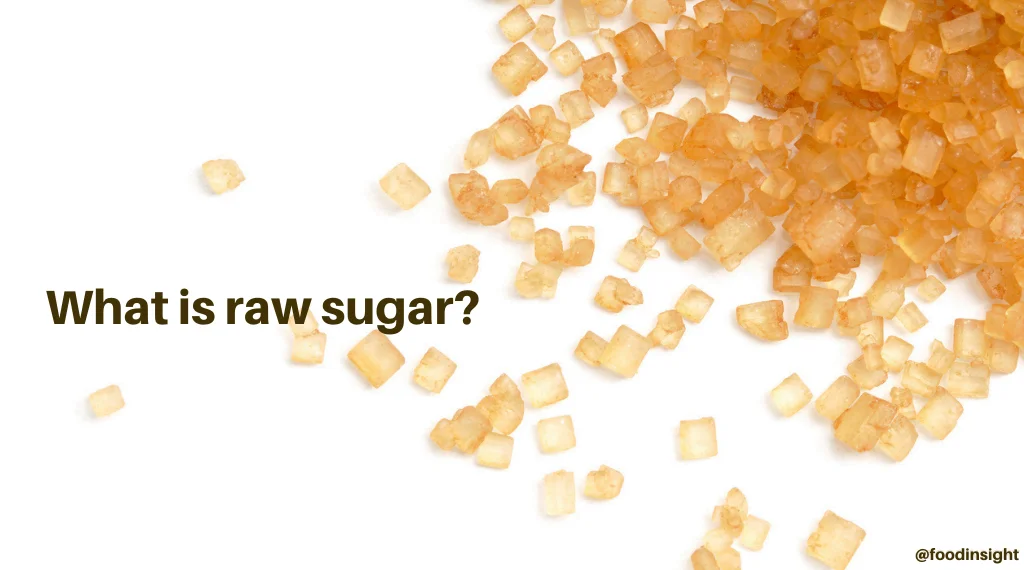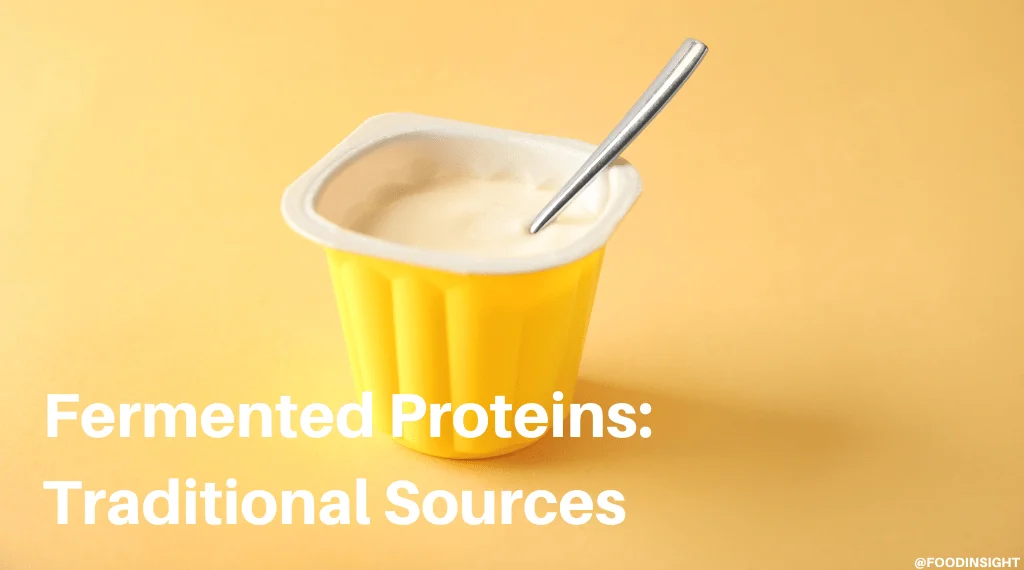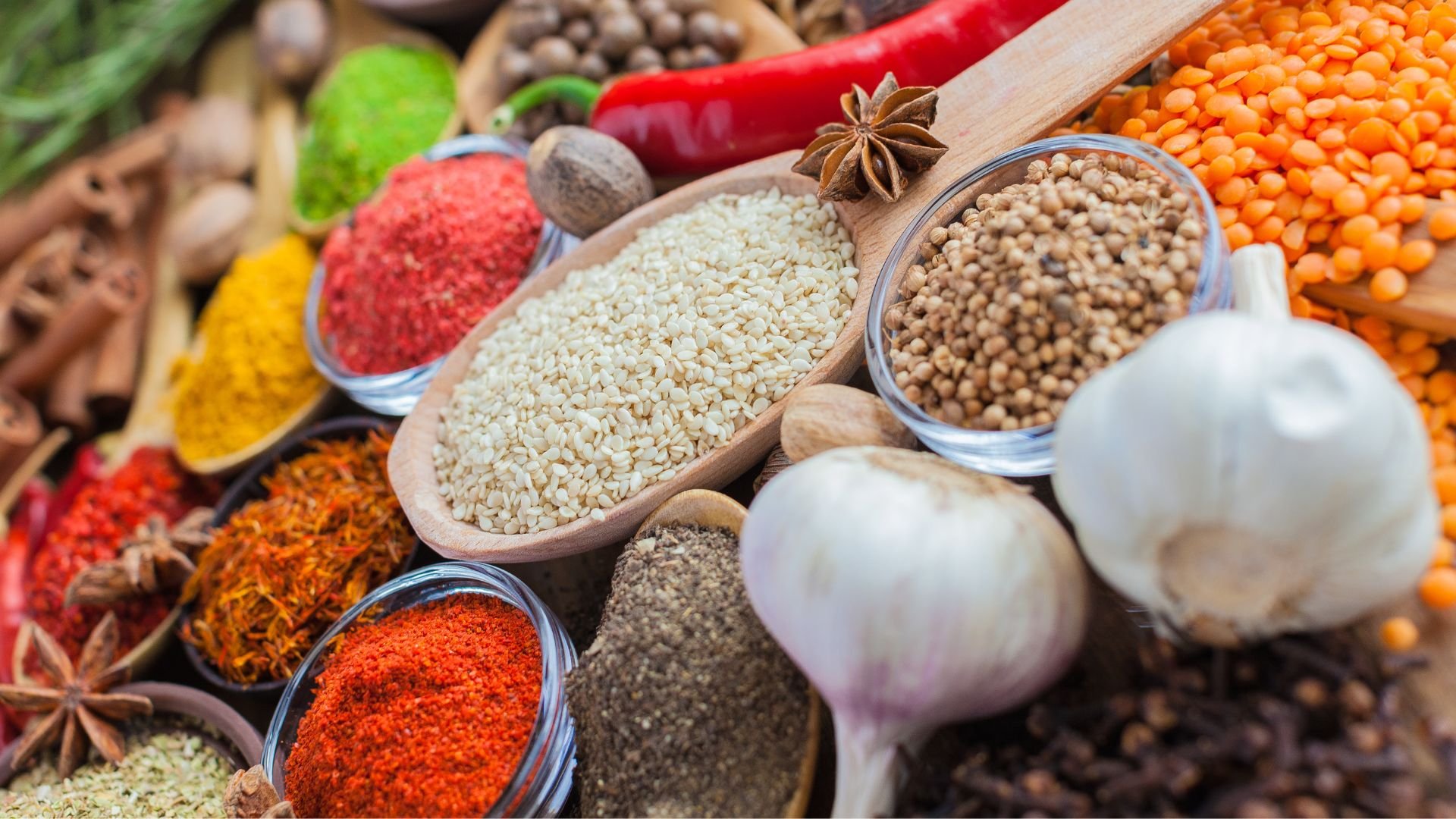We explore the truth about ‘healthy’ foods that are in fact no so healthy. Learn which seemingly good-for-you dishes may not be as nutritious as they appear, and discover clever ways to transform them into actual healthy alternatives. Say goodbye to fad diets and embrace evidence-based nutrition for a sustainable and nourishing lifestyle.
Foods you consider healthy may not be as healthy as you think. Are smoothies healthy? What about granola and yogurt? That depends on what’s in it…
Supermarket aisles are littered with misguided food labels and false claims about the health quality of their products. Labels such as ‘all-natural’ and ‘multi-grain’ do not provide a complete picture of what is actually in the product. In addition, there is no science behind health claim labels and ones perpetuated by fad diets. Therefore, improving your health means relying on evidence-based nutrition.
We’ll delve more into examples of unhealthy healthy foods and take a look at how to improve the nutritional value of some popular healthy dishes.

THE MISCONCEPTION OF HEALTHY FOODS
Navigating food aisles can be tricky. We buy brands and foods based on how healthy we think they are. As we become more reliant on information from non-evidenced based sources such as websites, friends, and family, it’s become more difficult to discern the truth behind food claims. This opens up opportunities for nutrition misinformation.
We believe products with health claims are healthier than they really are preventing us from making healthier choices. Low sodium, cholesterol free, fat-free, and sugar-free are common health claims.
Only the ingredients list will tell you if your choices are healthy. It can reveal hidden sugars, preservatives, added fats, vegetable oils, and other unhealthy ingredients.
NOT-SO-HEALTHY FOODS IN DISGUISE
Companies work hard to disguise their unhealthy foods through health claims on food labels. This makes it hard to distinguish if a specific food product is actually healthy. Here we go over popular foods we mistake as healthy and explain why they may not be as nutritious for us as we think.
PROTEIN BARS: A YUMMY SNACK TO FUEL YOUR FITNESS GOALS
Protein bars are a popular snack disguised as healthy. They are everywhere and come in a wide range of flavors. Take a closer look and you’ll find they contain heaping amounts of sugar, artificial flavoring, and saturated oils.
Even if you find them in health food stores they “may as well be located next to the candy bar section,” says Megan Darlington, a registered dietician at Test Prep Insight. “Many brands these days claim their protein bars are healthy, the truth is many of them are not.”
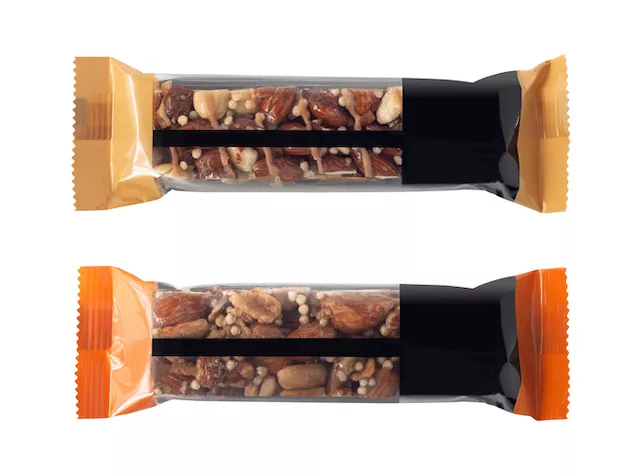
STORE-BOUGHT SMOOTHIES: A TASTY SHORTCUT TO YOUR DAILY NUTRIENTS
Store-bought smoothies do not have the same health benefits as homemade ones. Many of these commercial smoothies are packed with sugar from sources like honey, fruit extracts and juices, and agave. Additionally, some recipes include calorie-boosting ingredients like peanut butter, seeds and coconut shavings. This turns an otherwise nutritious smoothie drink into a high-calorie, sugary, fatty meal.
GRANOLA: FUEL YOUR DAY WITH NUTTY GOODNESS
Granola has been a popular “healthy” on-the-go snack, marketed as a fiber-rich option with whole grains and protein. However, the reality is quite different, as certain varieties are loaded with sugar, saturated fat, and excessive calories. A single cup of granola can contain up to 600 calories and nearly 4 teaspoons of sugar per serving. This is more than half of the daily maximum recommended by the American Heart Association.
YOGURT: A BURST OF TASTE IN EVERY SPOONFUL
Yogurt can be a great source of protein and a healthy snack if it’s plain. Often the fruit-flavored varieties can contain a surprising amount of sugar for a single serving. For example, a 6.0-ounce serving of Yoplait’s Strawberry Low Fat flavored yogurt contains 13 grams of added sugar. Other flavor varieties with chocolate shavings and whipped versions contain even more.
ACAI BOWLS: TROPICAL BERRYLICIOUS BLISS IN A BOWL
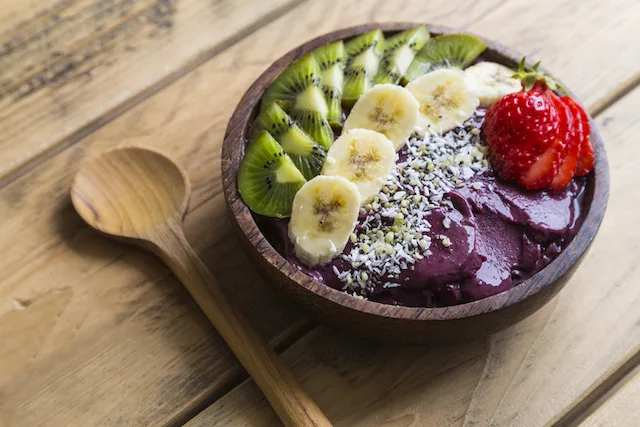
Acai bowls have been the most hyped-up food in the health industry. Blended acai berries are full of antioxidants, vitamins, and minerals. However, the healthiness of an acai bowl depends on the toppings and the acai blend. So, beware of the toppings.
Most commercially sold acai bowls are packed full of calories and sugar. They are usually blended with juices which bump up the added sugars. When you add sugary toppings like granola, coconut shavings, additional fruit, and honey it goes from a healthy treat to a meal loaded with calories, fat, and sugar.
TRANSFORMING UNHEALTHY TO HEALTHY
Eating healthy doesn’t mean giving up our favorite foods. Instead, we can explore simple modifications to turn our beloved unhealthy dishes into healthier alternatives. By eliminating unhealthy fats and reducing extra sugars, we can still enjoy satisfying meals without compromising our health and diet goals. Let’s discover how to get our food fix the healthier way!
